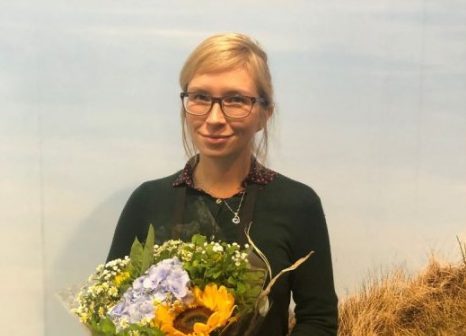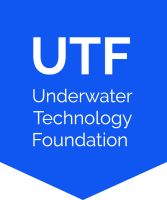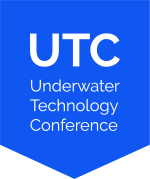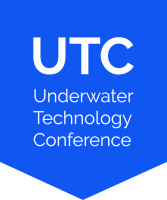Shining a light on student papers
This morning’s Day 2 UTC we heard from our future subsea colleagues with three student paper presentations. They covered a diverse range of topics, including smart subsea sensor networks, optimizing subsea processing and failure modes in offshore wind.

Astrid Marie Skålvik, from the University of Bergen/ NORCE, talked about long-term, smart subsea wireless sensing in remote environments – especially the challenges, limitations, and promising measurement strategies for ensuring data quality and reliability. She proposes more analysis on sensors so only the correct data wanted needs to be transmitted via acoustic communications. But also, to reduce sensor calibration needs and faulty data, by preprocessing, self-validation and diagnostics, including using AI, and self-calibration, using internal reference measurement or exploiting the network.
Thomas Stolpnes, from NTNU, talked about optimization-based design of subsea processing considering reliability and maintenance. He says subsea technology can support small fields, project flexibility/extension, increased revenue and HSE. But this equipment needs high reliability. He developed a method to model reliability and maintenance for a subsea processing system, using subsea boosting and subsea water treatment case studies. This work enabled comparison of designs taking in metrics including capital cost, uptime and NPV, potentially helping to design lower cost and higher reliability systems.
Mertcan Kavakli, Høgskulen på Vestlandet (Western Norway University of Applied Sciences), Master Student of Maritime Operations, talked about, the analysis and assessment of damages to wind turbines. He’s performed an analysis of failures mentioned in 458 news reports between 2010 and 2022. The most common failure was blade and generator failure, followed by structural failure and then lighting failure. Some 65% of structural failure was during storm situations. The largest cause of gearbox failures was oil leaks. Most failures were in the US, followed by Germany, then UK. As a result of the analysis, more can be done to prevent failures, through design, manufacturing and maintenance, he says.



















